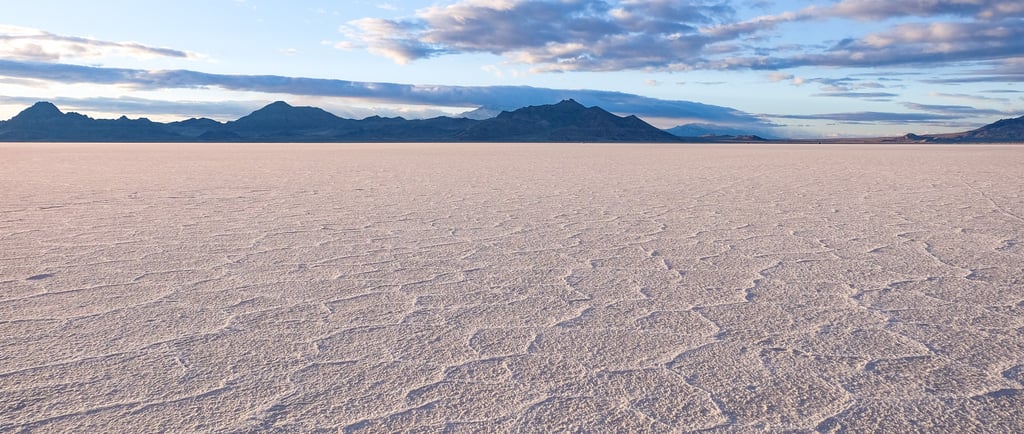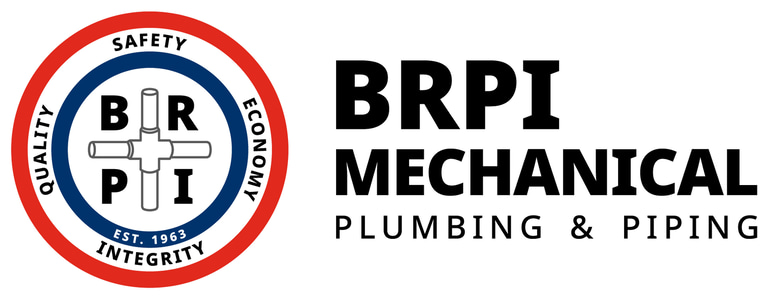The Secret Plumbing Risk Along the Wasatch Front—And How You Can Fix It
WASATCH FRONT PLUMBINGPREVENTIVE PLUMBING TIPSRESIDENTIAL PLUMBINGCOST-SAVING PLUMBING TIPS
5/21/20253 min read


Picture this: your plumbing is under attack. Not by tree roots, not by clogs from who-knows-what went down the drain, but by something far older—something lurking beneath the Wasatch Front for thousands of years. It’s not a ghost, but it is haunting your pipes. We’re talking about ancient lakebed sediment, the silent troublemaker that’s been sneaking into plumbing systems and wreaking havoc across Utah homes. And if you’re not paying attention, it could be causing some serious (and expensive) damage to yours.
The Ancient Sediment That’s Still Messing With Your Pipes
More than 14,000 years ago, massive freshwater Lake Bonneville covered most of Utah. When it dried up, it didn’t just disappear—it left behind layers of fine-grain sediment, silt, and minerals buried beneath the landscape. That ancient debris is still here, and it’s making its way into your plumbing system in ways you might not even realize.
This leftover lakebed is the root of some of the Wasatch Front’s most frustrating plumbing problems:
Sneaky Sediment in Your Water – Tiny particles infiltrate water supplies, causing buildup in pipes, fixtures, and appliances.
Corrosive Chemistry – Certain minerals in the sediment can eat away at pipes, leading to leaks, low water pressure, and costly repairs.
Shifting Soil Shenanigans – The compacted clay left behind by the lakebed expands and contracts with moisture changes, putting stress on underground pipes and sometimes even breaking them.
The Hidden Damage Happening in Your Home
If you live anywhere from Salt Lake City to Provo, Ogden, or beyond, your plumbing could be suffering without you even realizing it. Here’s how.
1. Clogged Fixtures and Appliances
Noticing weak water pressure? Appliances breaking down sooner than they should? Those tiny sediment particles are sneaking into your faucets, showerheads, dishwashers, and washing machines, clogging things up and making your water-using appliances work harder (and fail faster).
2. Your Water Heater is Suffering
Sediment is the enemy of water heaters. It settles at the bottom of the tank, forcing your system to overwork itself just to keep your water warm. If you hear popping or rumbling noises, that’s your water heater crying for help—it’s struggling against a layer of sediment buildup.
3. Pipes Are Corroding From the Inside Out
The water chemistry in the Wasatch Front isn’t just tough on pipes—it’s downright destructive. If you have galvanized or copper pipes, you might start seeing discolored water, rust, or mysterious leaks. That’s the sediment-laden water eating away at your plumbing from the inside.
4. Underground Pipes Are Taking a Beating
Some homes deal with constant plumbing backups, shifting pipes, or even collapsed sewer lines. Why? The unstable soil left behind by the ancient lakebed expands and contracts unpredictably, putting major stress on underground pipes. The result? Broken, misaligned, or totally failed sewer and water lines.
How to Stop Sediment From Wrecking Your Plumbing
The good news? You can fight back. Here’s how to protect your home from the Wasatch Front’s biggest hidden plumbing threat.
1. Get a Whole-House Sediment Filter
One of the simplest ways to stop sediment before it starts is by installing a whole-house sediment filter. It traps fine particles before they can clog pipes, damage appliances, or affect water pressure.
2. Flush Your Water Heater Like a Pro
Your water heater is working hard—give it a break by flushing it at least once a year. This clears out the sediment that settles at the bottom and keeps your system running efficiently. If you’re not comfortable doing it yourself, call in a pro to handle it.
3. Upgrade to a Corrosion-Resistant Anode Rod
Want to protect your water heater even more? Swap out its standard anode rod for an electric anode rod (we recommend Corro-Protec). It actively fights rust, corrosion, and scale buildup, helping your water heater last longer.
4. Install a Water Softener
If you’re battling mineral-heavy water (which most Wasatch Front homeowners are), a water softener can help prevent scale buildup in pipes and appliances. This keeps water flowing freely and extends the lifespan of everything from dishwashers to showerheads.
5. Keep an Eye on Your Sewer and Water Lines
If your home has older pipes, it’s a smart move to schedule an inspection. A plumber can check for cracks, shifting, or blockages caused by unstable soil conditions before they turn into major problems.
Don’t Let Ancient Sediment Ruin Modern Plumbing
Utah’s landscape is full of history, but your plumbing doesn’t need to suffer because of it. The Wasatch Front’s lakebed sediment might be thousands of years old, but with the right preventive steps, you can keep your plumbing system running like new.
Take action, protect your pipes, and make sure your home isn’t another victim of Utah’s ancient underground menace—because no one wants a plumbing disaster from the past creeping into their future.
Contact
Main Office
Social
3560 S 2200 W
West Valley City, UT 84119
P.O. Box 25123
Salt Lake City, UT 84125
Monday – Friday:
7:00 am – 3:30 pm
Billing & Mailing Address
Hours
© Budd M. Rich Plumbing Company, DBA BRPI Mechanical. All rights reserved.
